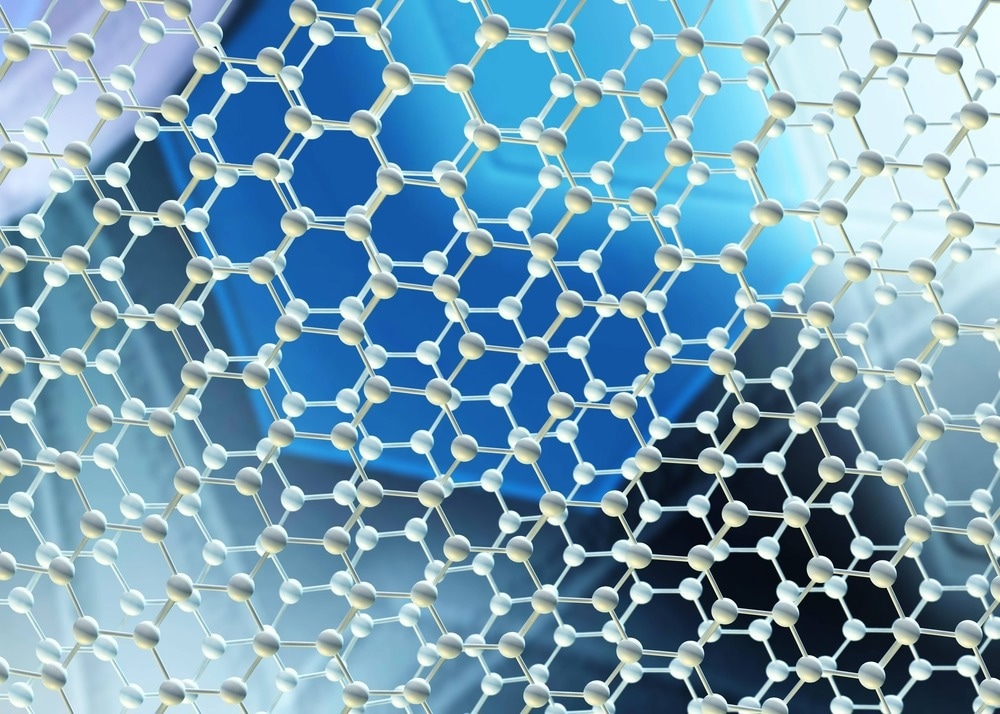Chinese scientists have demonstrated an innovative one-step approach for synthesizing cerium oxide for use in high-performance supercapacitors. Their findings have been published online in the Journal of Energy Storage.

Study: A molten salt route to binder-free CeO2 on carbon cloth for high performance supercapacitors. Image Credit: ustas7777777/Shutterstock.com
Renewable Energy Generation and Storage
The environmental damage caused by fossil fuel use has become apparent over recent decades, facilitating the urgent need to develop reliable and efficient alternative energy solutions. To address the current challenges with climate change and generate renewable energy, several technologies such as solar, wind, biomass, hydroelectric, and geothermal energy generation have been developed.
Efficient energy generation requires efficient energy storage to provide optimal performance. Batteries, fuel cells, and supercapacitors have been widely explored in recent studies to provide the energy storage demands of renewable power generation technologies.
Supercapacitors have demonstrated promise as competitive candidates for energy storage needs due to their long cycle stability, high power density, and safety. The optimal performance of supercapacitor technologies is largely dependent on the selection of appropriate materials. Electrodes play a key role in the electrochemical performance of supercapacitors, and studies have evaluated several high-performance electrode materials in recent years.
Rare Earth Oxides as Electrode Materials
Amongst the various materials explored for use as supercapacitor electrode materials, rare earth oxides have demonstrated themselves to have promise in recent studies. Their 4f electronic structure and various valence states make them promising candidates for this key technological application.
RuO2 has been widely used as an electrode material due to its adequate specific capacitance. However, the commercial viability of this rare earth oxide is limited by challenges with cost, lack of abundance, and relative toxicity. For this reason, scientists have searched for alternative materials for use in supercapacitor electrodes.
Cerium oxide (CeO2) is a low-cost, abundant, eco-friendly, and chemically stable alternative material. Cerium is the most abundant of all rare earth elements, with a comparable abundancy to copper. The ability of cerium ions to switch between different species makes CeO2 an efficient electrode material.
Improving the Performance of CeO2
Some studies in recent years have demonstrated excellent rate capability by preparing multi-porous CeO2 nanoparticles using approaches such as hydrothermal methods and precipitation. However, technical challenges still exist with using this rare earth oxide due to low electrical conductivity, which limits electrochemical performance. This causes problems with poor cycle life and low specific capacitance.
The issues with electrochemical performance can be overcome by combing cerium oxide with conductive materials and organic binders. However, using organic binders presents further challenges due to ion transfer resistance between substrates and active materials. Furthermore, active sites are blocked by binders and conductive agents, negatively affecting cycling stability and rate performance.
The Study
The authors have developed a facile and innovative one-step molten salt method for synthesizing CeO2 nanoparticles. The nanoparticles are grown on a carbon cloth and possess abundant surface oxygen vacancies. No additional treatments were employed in this method, and nanoparticles were obtained at 380oC within one minute. The electrode’s structure is CeO2@CC.
Previous studies have indicated the suitability of carbon cloth as a conductive substrate due to properties such as electrochemical stability, enhanced stability, and superior conductivity. However, previous studies have used multi-step and time-consuming synthetic preparation routes, limiting their commercial viability.
Electrochemical tests were performed in the study, demonstrating high capacitance values of the prepared cerium oxide/carbon cloth substrate electrodes of up to 811.5 mF cm-2. 86.3% capacitance retention after 10,000 charge and discharge cycles was observed at 5 mA cm-2.
An asymmetric supercapacitor was prepared in the research employing CeO2@CC as the negative electrode and Co3O4@CC as the positive electrode. The supercapacitor possesses an energy density of 0.11 mWh cm-2, its power density is 3.25 mW cm-2. After 5,000 cycles, 74.3% of the supercapacitor’s initial density was retained.
Enhanced electrical conductivity and improved structural stability of the material was due to tight adhesion and uniform distribution of cerium oxide on the conductive carbon cloth substrate. The superior performance of the prepared electrode materials shows vast promise for the future of supercapacitor research.
In Summary
The study has demonstrated the efficient and facile production of CeO2-based electrodes for advanced, high-performance supercapacitors to meet the demands of the renewable energy sector. Using the molten salt method in the research, the need for multi-step preparation with extra treatments is negated, overcoming the currently reported challenges with preparing rare earth oxide supercapacitor electrodes.
There is a pressing need for energy storage devices that provide optimal performance if the world is to reduce its reliance on fossil fuels and mitigate the worst effects of climate change. This research has provided an important advance in the design of supercapacitor electrode materials to meet this challenge.
More from AZoM: How is 3D Printing Changing the Textile Industry?
Further Reading
Jiang, J-Z et al. (2022) A molten salt route to binder-free CeO2 on carbon cloth for high performance supercapacitors Journal of Energy Storage 55 Part A, 105451 [online] sciencedirect.com. Available at:
Disclaimer: The views expressed here are those of the author expressed in their private capacity and do not necessarily represent the views of AZoM.com Limited T/A AZoNetwork the owner and operator of this website. This disclaimer forms part of the Terms and conditions of use of this website.